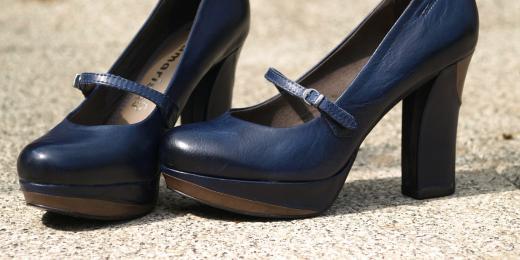The Government Equalities Office has recently released guidance on dress codes in the workplace, intended to address the information gap between existing legislation, which prohibits discriminatory dress codes at work, and the understanding of that legislation.
Recent years have seen a number of high profile cases relating to dress codes either requiring women to dress in a particular way and leading to direct discrimination, or rules around religious dress which were indirectly discriminatory. However, with evidence suggesting that fewer and fewer workplaces have a dress code, many top
employment solicitors are asking whether the Government’s guidance necessary – and could it even be perpetuating the problem?
The problem with dress codes
Dress codes have long been a problem in the workplace, leading to both direct and indirect discrimination in relation to a number of protected characteristics. UK
employment lawyers will be familiar with the recent high-profile case of Nicola Thorpe who was sent home from an assignment with an
Employment agency at PwC’s offices because she was not wearing shoes with 2”-4” heels as specified in the agency’s dress code. However, unless carefully considered, thoughtfully drafted and regularly reviewed, dress codes can be the root of indirect discrimination on grounds of sex, religion, disability and even age. Case law has been clear that although a genuine health and safety requirement might justify indirect discrimination, an employer’s perceived need to present a particular image, or to satisfy the demands of a customer/client, would not.
The latest Government action on dress codes
In response to Parliament’s joint report “High Heels and Workplace dress codes”, prepared by the Petitions Committee and the Women and Equalities Committee, the Government Equalities Office has, at last, issued the Guidance that it promised in response to that report. “Dress Codes and Sex Discrimination – What you need to know” was published in May 2018.
A number of the best
employment lawyers have questioned whether the guidance goes far enough to be helpful – or to really add anything to what we already know. The initial report was produced following a petition in the wake of the Nicola Thorpe case calling for it to be illegal for a company to require its female staff to wear high heels at work. The petition was signed by more than 150,000 people. As a result, although the guidance touches on disability, transgender issues and the wearing of religious symbols at work, the Guidance doesn’t really address these issues, focussing mainly on sex discrimination.
The guidance is also quite vague and loosely worded and could even lead to more and not less discrimination. The guidance rightly indicates that although a requirement to ‘dress smartly’ would be acceptable, any gender specific requirements for women would probably be unlawful “assuming there is no equivalent requirement for men”. An employer could take this as meaning that a requirement for women to wear heels and makeup could be balanced with a requirement for men to wear suits and brogues – which misses the point entirely.
Is guidance necessary given a more casual approach to office attire?
A recent survey by the hotel chain Travelodge suggests that increasingly, ‘comfort prevails over power dressing’ as far as workplace attire goes, with only 50% of British businesses maintaining a dress code. Of those businesses, the dress code for 76% of them is a ‘casual’ dress code. There have even been reports of companies cashing in on the popularity of yoga wear and making office appropriate attire for women based on yoga pants.
The point is that even casual dress codes can discriminate – and not just on grounds of sex, as we’ve already mentioned. Whether the Guidance from the Government Equalities Office does anything to reduce workplace discrimination remains to be seen. Along with other employment law solicitors in London, we share concerns that the guidance isn’t clear enough to make a difference and may even confuse matters further.
The future of dress codes
Without wishing to appear pessimistic, it is likely that we will see more
litigation in future challenging provisions in workplace dress codes. For employers, it will be just as important as before to carefully consider whether they need a dress code, and if so, what the provisions and requirements of the dress code are. It isn’t sufficient to think about whether the dress code requirements discrimination directly against women – employers must consider direct and indirect discrimination, and in respect of other protected characteristics, not just sex/gender.
Likewise, those advising on employment law for
employees will be alive to the possibility that discrimination through workplace dress codes remains an issue for many. As an employee, if you feel that you are being treated unfairly as the result of a dress code – whether it’s because of your sex, your religion, or age or disability, you can consider challenging this – if necessary with support of a UK
Employment lawyer.
OTS Solicitors can advise you on all aspects of employment law, whether you are an employer seeking to impose or review a dress code on your staff, or an employee concerned about the contents of a dress code and how it affects you. Contact us today on 0203 959 9123 to book an appointment and talk to one of our Employment claims solicitors.

